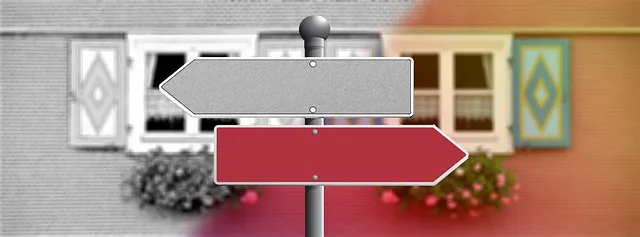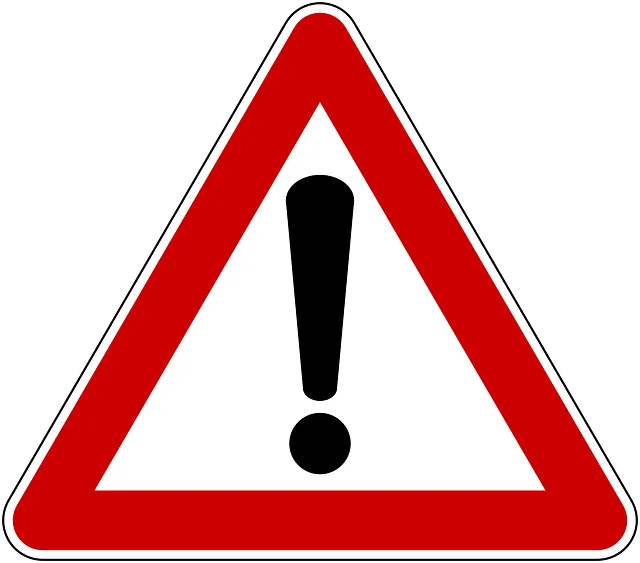After a tooth extraction in McAllen, reclaiming your love for food can seem daunting. Understanding when and why extraction is necessary is the first step. This guide breaks down the process, from recognizing the signs indicating a need for extraction to essential post-procedure care. Learn tips for a comfortable recovery and rediscover culinary joy by following our expert advice tailored specifically for McAllen residents.
- Understanding Tooth Extraction: When is it Necessary?
- Recognizing Signs: Identifying the Need for Extraction
- Post-Extraction Care: Tips for Comfort and Recovery
- Reclaiming Culinary Joy: A Guide to Eating After Extraction
Understanding Tooth Extraction: When is it Necessary?

Tooth extraction is sometimes necessary when teeth become impacted or severely damaged due to decay, injury, or crowding. In McAllen, signs indicating that you may need a tooth extraction include persistent pain, infection, inflammation, and difficulty chewing or opening your mouth. If a tooth is impacted, it can cause discomfort, swelling, and even damage to surrounding structures like nerves or other teeth.
Crowded teeth are another common reason for extractions, especially in children and teenagers who may require braces afterward. Payless extraction clinics in McAllen offer affordable solutions for these issues. Dry socket prevention techniques are also crucial after an extraction to minimize pain and promote healing. Braces and extractions often go hand in hand, with extractions serving as a critical step in creating space for teeth straightening.
Recognizing Signs: Identifying the Need for Extraction

Many people in McAllen overlook the signs that their teeth need professional extraction until it’s too late. Recognizing when a tooth is causing significant discomfort or affecting your overall oral health is crucial for timely intervention and preventing further complications. If you’ve been experiencing persistent pain, swelling, or notice that a tooth is damaged, loose, or infected, these could be indicators that extraction is necessary.
A common sign often overlooked is sensitivity to hot or cold foods after eating. This can indicate that the nerve inside your tooth has become exposed due to decay or damage. Pain management strategies, like using over-the-counter pain relievers, may offer temporary relief, but for long-term comfort and the chance to enjoy food again without discomfort, scheduling an appointment with a McAllen dental practice specializing in extractions could be your best course of action, potentially leading to restorative dentistry options afterward.
Post-Extraction Care: Tips for Comfort and Recovery

After a tooth extraction, proper care is essential to ensure comfort and a smooth recovery. The first 24 hours are crucial; keep the extracted area clean by gently rinsing with warm salt water several times a day. Avoid using a straw for drinking as the sucking motion can dislodge the blood clot forming in the socket, leading to complications. It’s also recommended to avoid spicy or hot foods that might irritate the extraction site.
Consulting a local dentist offering tooth extractions in McAllen is vital if you experience any signs of infection, such as swelling, increased pain, or drainage from the extraction site. A pediatric dentist for extractions in McAllen can provide tailored nutritional guidance post-extraction to aid in recovery. Remember, heeding these tips will help you enjoy your favorite foods again in no time while ensuring a healthy and comfortable healing process.
Reclaiming Culinary Joy: A Guide to Eating After Extraction

After a tooth extraction, many patients wonder when they can resume enjoying their favorite meals again. It’s a valid concern, as the healing process and temporary discomfort might deter you from indulging in culinary delights. However, with proper care and guidance, you can reclaim your love for food and continue to savor life’s little pleasures.
Knowing the signs that indicate the need for a tooth extraction in McAllen is crucial. Common symptoms like severe toothache, swelling, or an abscess (a pus-filled pocket) around the tooth are clear indicators. In some cases, especially with braces and extractions, a dentist might recommend removal to prevent further complications. Understanding these processes paves the way for a smoother transition back to your regular diet. Explore tooth extraction alternatives, discuss your options with a local dentist, and remember that proper healing allows you to embrace food again without fear or restriction.
After successfully navigating tooth extraction, it’s time to focus on reclaiming your culinary pleasure. Understanding the signs that indicated the necessity for extraction in McAllen is key, as is adhering to post-extraction care guidelines for optimal recovery. By following this guide and adopting best practices, you can look forward to enjoying food again without discomfort or hindrance, allowing you to savor every bite of your favorite meals.
